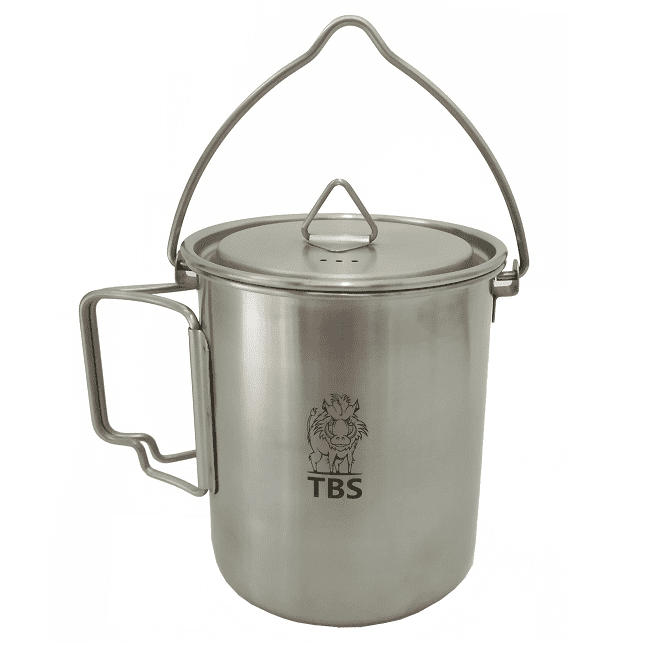If you don't have to count regularly with strong wind and rain, like you often get it along the coast, I recommend to try a Defcon 5 poncho, (Italian Army issue, 350g) as poncho-tarp and a Snugpak Special Forces bivvy bag (340g, UK, US and AUS army issued)
I recommend to put that directly on a (original !) German army mat or multimat 4 XL (530g, UK issued) and in colder condtions on top of it a Klymit Inertia O-zone, grey. (You could of course use the British army closed cell foam roll mat as well.)
The mat protects the bivvy (and air mat) against thorns, stones and dirt. The folding mats have the advantage that you keep a clean side and a dirty ground side. Like this you don't need to carry an additional ground sheet.
I know that some people got a bit condensation water problems in the foot area of the bivvy bag if they used a different sleeping bag than the Snugpak Special Forces 1 or SF2 (UK, US, AUS issued) the reason could be a narrower cut of a civil sleeping bag that results in a larger space between bivvy bag and sleeping bag where the air can cool down.
If you use only Snugpak SF products you don't need to air out the sleeping bag every morning, what nevertheless is no fault of course if you have sunshine. But the system doesn't build up moisture even if not aired out during a week.
Until here we have a collection of the lightest available NATO equipment, and you can get it factory new.
Just the Klymit mat is a only civil quality product.
It's always interesting to read about private opinions of other civil users but if something is field tested that is a information of slightly different value of course. I used the stuff quite a bit and of course it works very well. Before such stuff is issued somewhere in a NATO army it's usually tested by special forces. No wonder that it can convince a civil user.
You tension the poncho with Edelrid Multicord SP 2,5 mm, that's orange and made in Germany by a well reputated climbing rope specialist. Buy a bit more of that than you think. You surely will not use anything else any longer when you know it. An additional 10 metres washing line for example might be a good idea.
This cord really weighs next to nothing but is incredibly strong.
The 2 mm version also would be strong enough but it's less practical to use because simply too thin.
I carry the SF1 in the SF bivvy bag in the 7 litres Ortlieb dry bag PS 10. (Made in Germany, 54 g). Ortlieb makes the surely best reputated bicycle and canoe bags. The stuff is extremely long lasting and incredibly well made. The summer sleep system fits in here very well and that's very practical.
You just stuff it in by hand and pull it out in one rush.
I use that equipment (SF1) wearing the clothing of the day without waterproofs down to the freezing point and recommend it until 5°C (without the additional clymit mat).
I doubt that you can get better and more practical stuff with that low weight.
Would you buy even lighter equipment you would surely pay much more but it wouldn't last so long and surely would be less practical.
If you order the Edelrid cordage I recommend to buy in one rush 3 of their carabiner hooks Micro 0 in a bright colour because with these light quality hooks you can speed up the plough point poncho shelter set up so much that you can think about leaving the rain suit at home if it's relatively warm and the weather forecast announces sunshine.
The trick is to tie in every poncho grommet with the fisherman knot a loop of 5 cm diameter for also in place carved wood pegs but to carry 3 lightweight aluminium tent stakes.
You sling a 1 metre cord around a tree , approximately head to chest high, and hook into the cord the first carabiner hook that was already tied into the end of the cord, tension that cord, put the second carabiner hook, that's in the other end of this cord, into the corner grommet of the poncho, tension the poncho diagonal to the other corner grommet, put in here the third carabiner hook that already is tied to a 30 cm tent stake line, put the first lightweight tent stake in the other end where is already a bow line hitch and stick it into the ground by tensoning the whole thing in one straight line between tent stake and tree.
Afterwards you set the other two tent stakes into the loops of the remaining corners and ready is your plough point poncho shelter. I can do that all in approximately one minute. Because I don't tie any knots out there.
I just carry very thin aluminium tent stakes for hard ground. They are usually big enough for this little sail surface.
Afterwards I put the folding mat onto the ground and the sleeping bag in the bivvy bag onto the mat and place the rucksack as a pillow and that's it.
The setup is incredibly light and practical.
Your main protection is the bivvy bag. That's why the roof isn't too small.
If it doesn't already rain when I reach the place, I just sleep on the mat in bivvy and sleeping bag with the rucksack under the head and just put the poncho over the boots if I am unsure if it will start to rain during the night.
Also in the open field the bivvy bag alone keeps me dry in every weather conditions.



